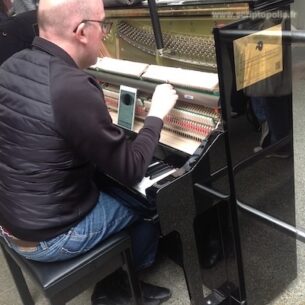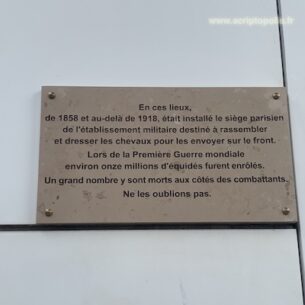Crystal-clear Water

Roanne, august 2011.
Two years ago, we decided that the renovation of this old house would be extended by the building of a swimming pool. When we started this part of the work, we were so tired that the exciting atmosphere of the early days had almost faded out. Actually, it took several weeks to perform the different key stages of the construction: the excavation, the framing that secure the substructure of the pool to keep it in its place, and the bottom that has to be perfectly flat. It took one more week to position the plumbing system, the necessary wiring, and the filtration system. The finishing stage included the installation of a particular interior liner and the framing of the surrounding desk as well as the walkway area. Finally, it took an additional day and half to fill the pool with water. During these sunny days, the heat was growing hour after hour. We had only one idea in mind: to jump into the blue water to refresh and regenerate our tired bodies. Proud of the result of our work, we were attracted by the beautiful color of the water. We had made the most difficult part of the work. Yet one last step was necessary to achieve our desire. The water may appear clean and sufficiently warm, but we also had to turn it into a stabilized entity. The “perfect” water of a swimming pool has to be composed of a specific “pH level”, a “ppm chlorine”, a “ppm total alkalinity”, and a “ppm stabilizer”. Of course, one can ignore these requirements and take a bath, but in only few days the water may turn and become plenty of seaweed. On the other hand, it is not self-evident to see the composition of water by staring at the pool. We solved this problem by simply dipping a strip in the pool and compare it with a table displaying numbers and colors. Before becoming swimmers, such a device – as easy to use as the pedocomparator described by B. Latour – turned us into chemistry experts able to check if the pool was “ok”.






